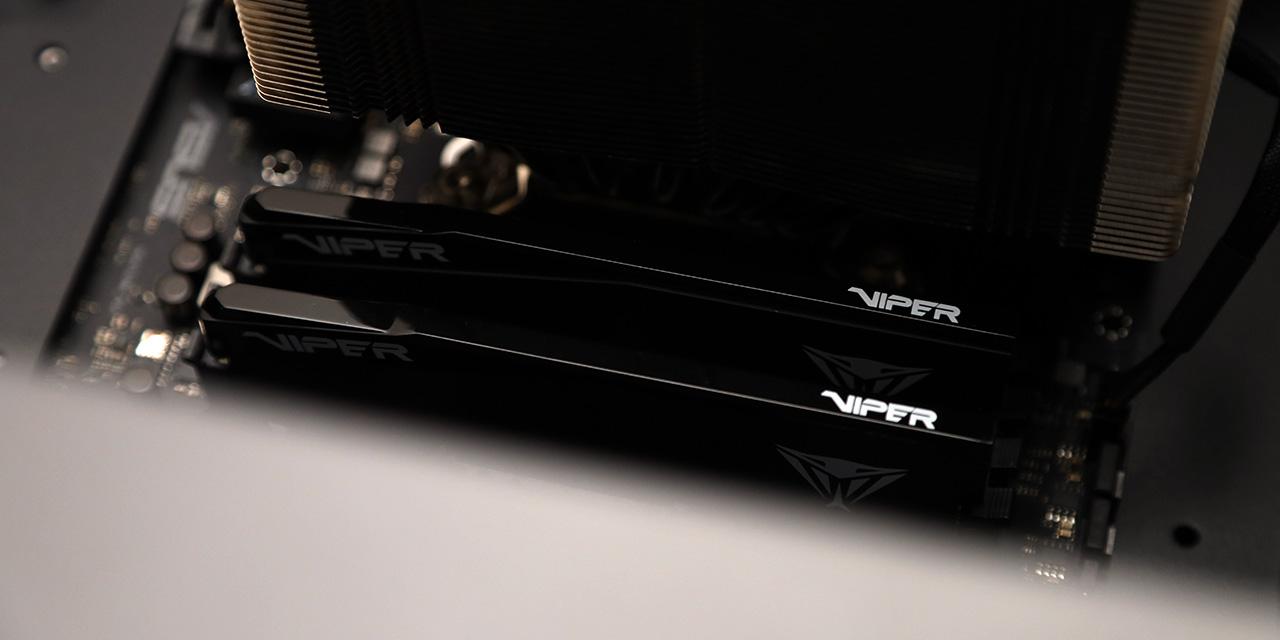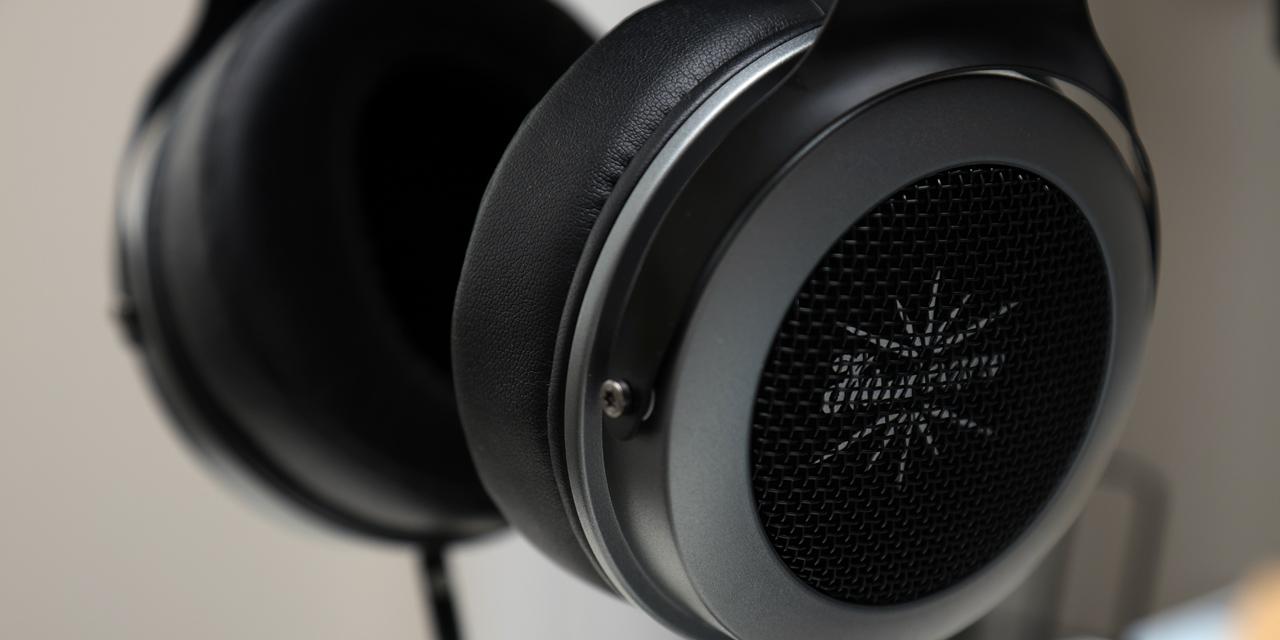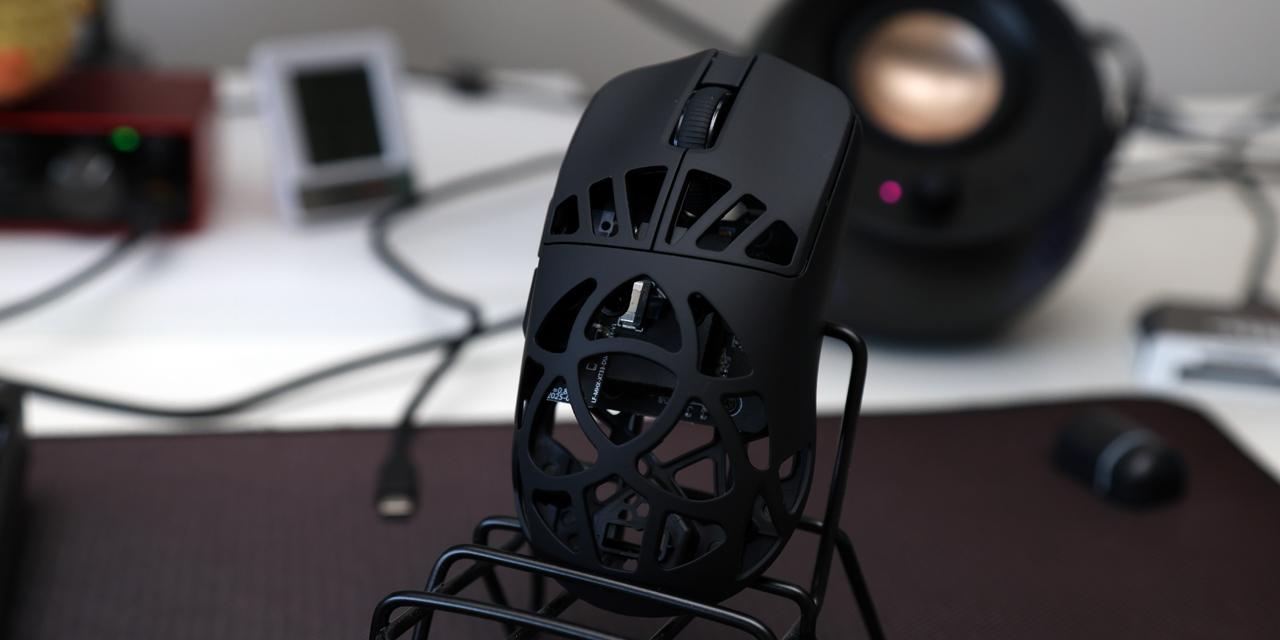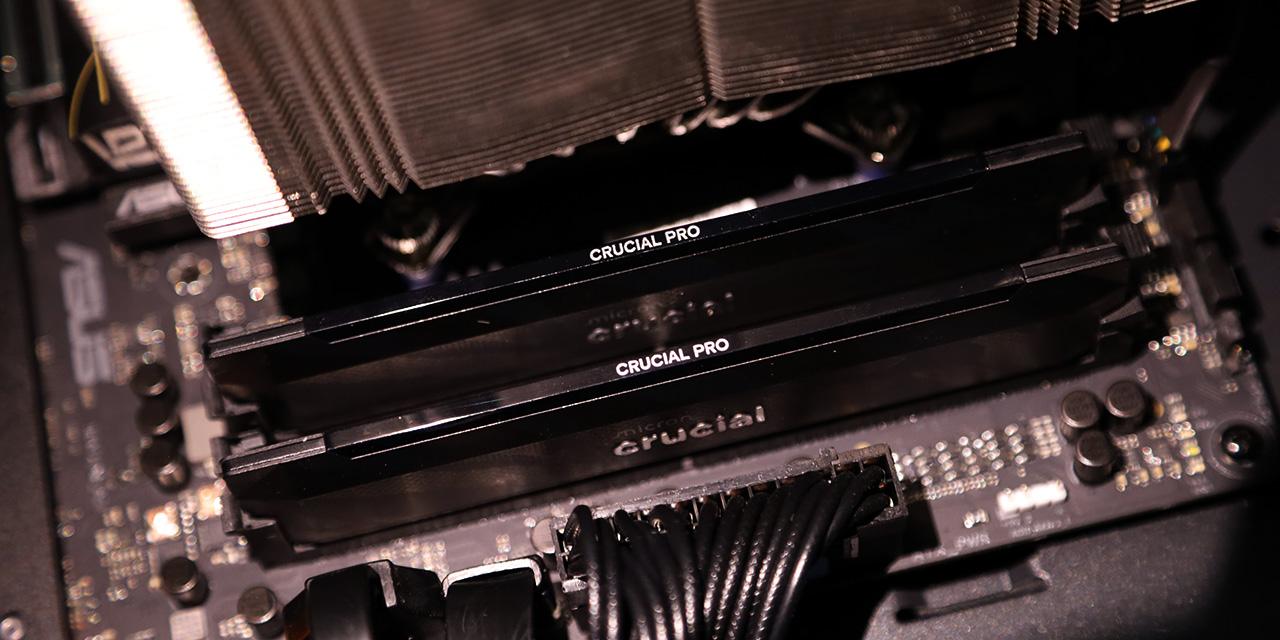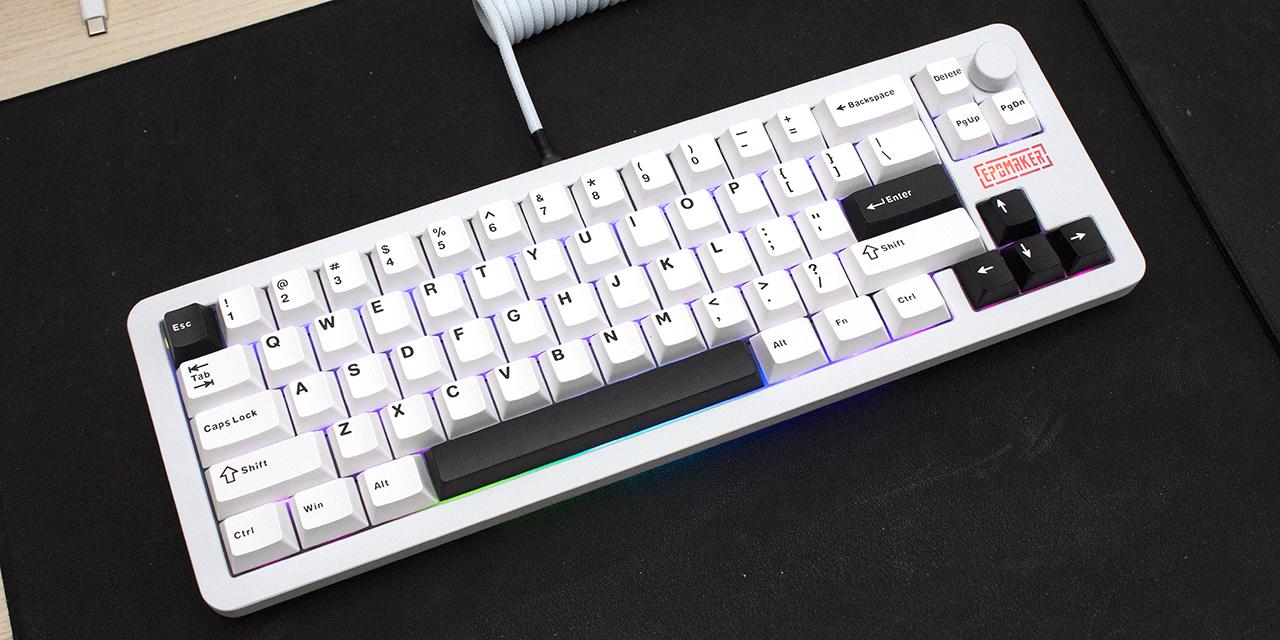Page 3 - Installation and Test Results

The installation steps written inside the Hyper 212 Pro's manual are short and simple. For my AMD CPU, I started by screwing the brackets onto the heatsink. Next, I applied the provided Cooler Master CryoFuze thermal paste onto the CPU, and screwed the heatsink onto the AMD stock backplate.

With the heatsink in place, the fan can be clipped on using the provided mounting clips. Although my computer utilizes an AM4 socket, the Hyper 212 Pro also supports AM5 and Intel LGA sockets. As for RAM clearance, I experienced no issues.

The design of the Hyper 212 Pro is simple but sleek, with nearly the entire fan being black. The largest non-black section would be the fan blades due to them having ARGB LED lighting. The installation process was very simple with minimal steps. Cooler Master has also provided an entire tube of CryoFuze thermal paste alongside the cooler, which can be used for multiple installations. Once again, being part of the Hyper 212 series of coolers, the Hyper 212 Pro did not disappoint in its installation simplicity.

Our test configuration is as follows:
CPU: AMD Ryzen 5 5600X
Motherboard: Gigabyte X570 AORUS Elite Wi-Fi
RAM: Corsair Vengeance LPX DDR4-3200 4x8GB
Graphics: ASUS TUF Gaming GeForce RTX 3080 V2 OC Edition 10GB
Chassis: Lian Li Lancool II Mesh RGB
Storage: Western Digital WD_BLACK SN770 NVMe SSD 1TB, Western Digital Black SN750 NVMe SSD 1TB
Power: Corsair RM850x 850W
Operating System: Microsoft Windows 10 Pro
Compared hardware:
- Cooler Master Hyper 212 Pro
- be quiet! Pure Rock Pro 3
- Cooler Master Hyper 411 Nano
- Cooler Master Hyper 612 Apex
All tests were performed on my custom-built computer to best reflect real-life performance. The computer remained in a room with the temperature controlled to be about 20 degrees Celsius for all tests. The thermal paste was applied according to standard practices for AMD CPUs. The fans attached to the heatsink were all connected to the same CPU 4-pin fan connector on the motherboard. The eight case fans, three GPU fans, and the product's CPU fans in my computer were all set to max speeds to allow maximum airflow through the heatsink for all tests. For the idling tests, the computer was left running for at least an hour before data was collected. To stress the CPU, Prime95 was used to place a high load on all available threads using the Large FFTs torture test setting. The highest core temperature measured by HWiNFO was recorded after waiting at least 10 minutes for the temperature to stabilize. HWiNFO is used to obtain accurate temperature data, since it directly reads the CPU's integrated thermal sensors.


Starting with the idle test, the computer was left idling for a long time before the highest core temperature was taken. In the first graph, the Hyper 212 Pro was just 1 degree above the lowest temperature at 26 degrees Celsius. The lowest temperature coolers are larger heatsinks and have two fans, so I suspect the temperature delta would increase once we perform the load test.
After stressing the CPU for over 20 minutes to generate as much heat as possible, the temperature was stabilized, and the highest core temperature was recorded at 51 degrees Celsius. As expected, the temperature delta increased compared to the more beefy Hyper 612 Apex and Pure Rock Pro 3, and to my surprise, it was only 3 degrees higher. It was difficult to predict how the Hyper 212 Pro would perform on a more powerful CPU, but for my mid-range AMD Ryzen 5600X, the results were great.
In terms of the volume produced by the fan on the Hyper 212 Pro, it was very quiet on idle. On a scale of 0 to 10, where 0 is pure silence and 10 is standing right below fireworks, I would say the cooler is a 1.0 on idle. The sound produced is still rather quiet even putting my ears right next to the fans. Cooler Master claims the volume to be at 32.8 dBA when the fan is spinning at maximum speed, which equates to a volume slightly louder than whispering. I agree with this rating, and would give it a 3.5. The high-pitched spinning noise of the fan can be drowned out by playing audio, but with a little bit of focus, the sound can still be heard.
Overall, the Cooler Master 212 Pro performed really well for my setup. The performance was great for my mid-range AMD Ryzen CPU. The noise produced is excellent at low speeds and reasonable at maximum speed.
Page Index
1. Introduction, Packaging, Specifications
2. Physical Look - Hardware
3. Installation and Test Results
4. Conclusion
